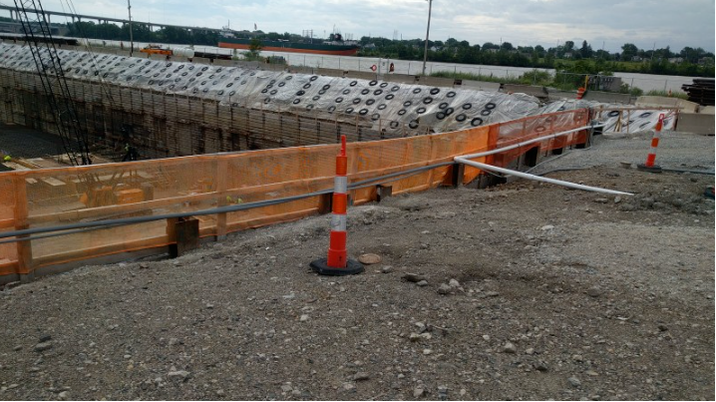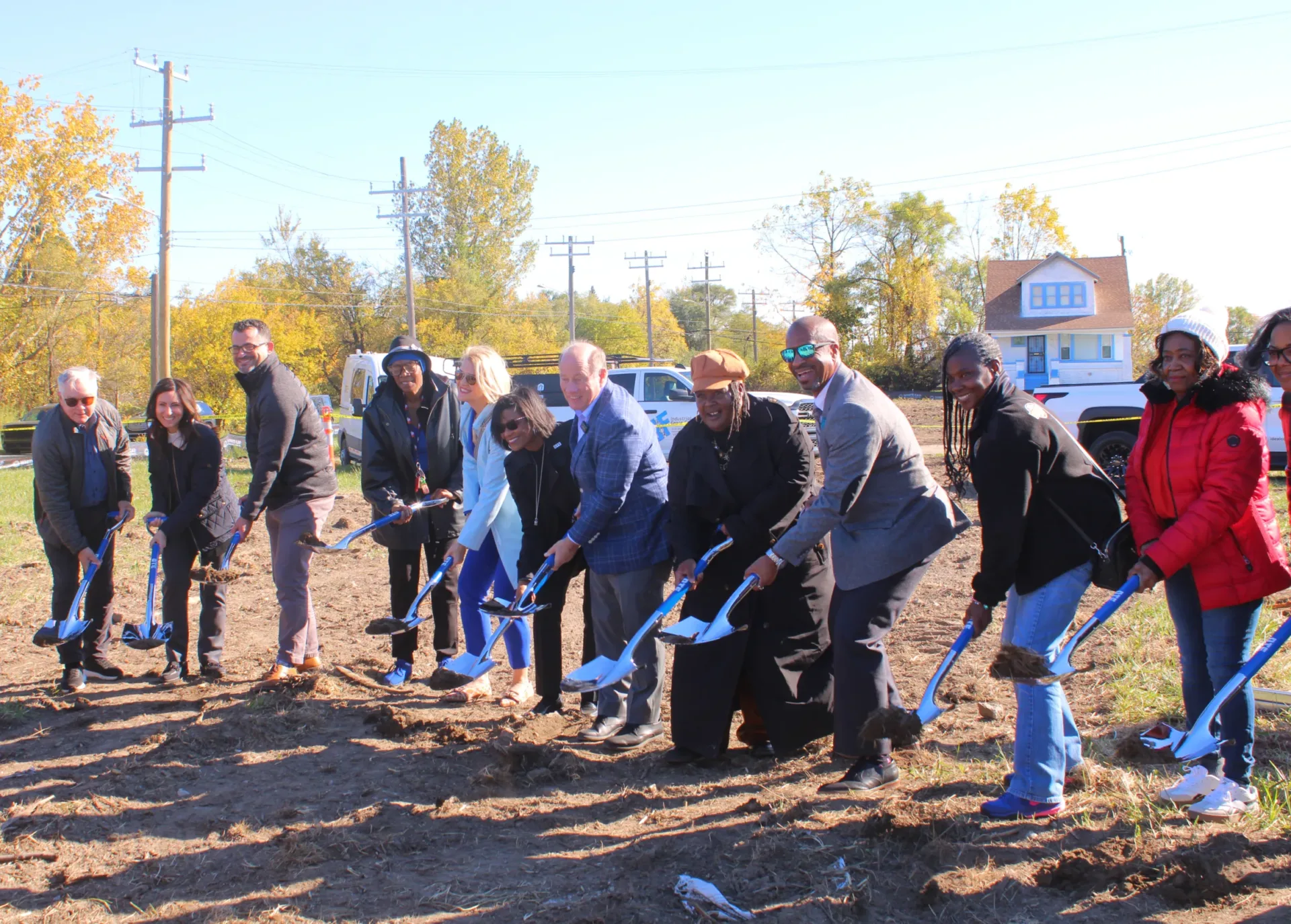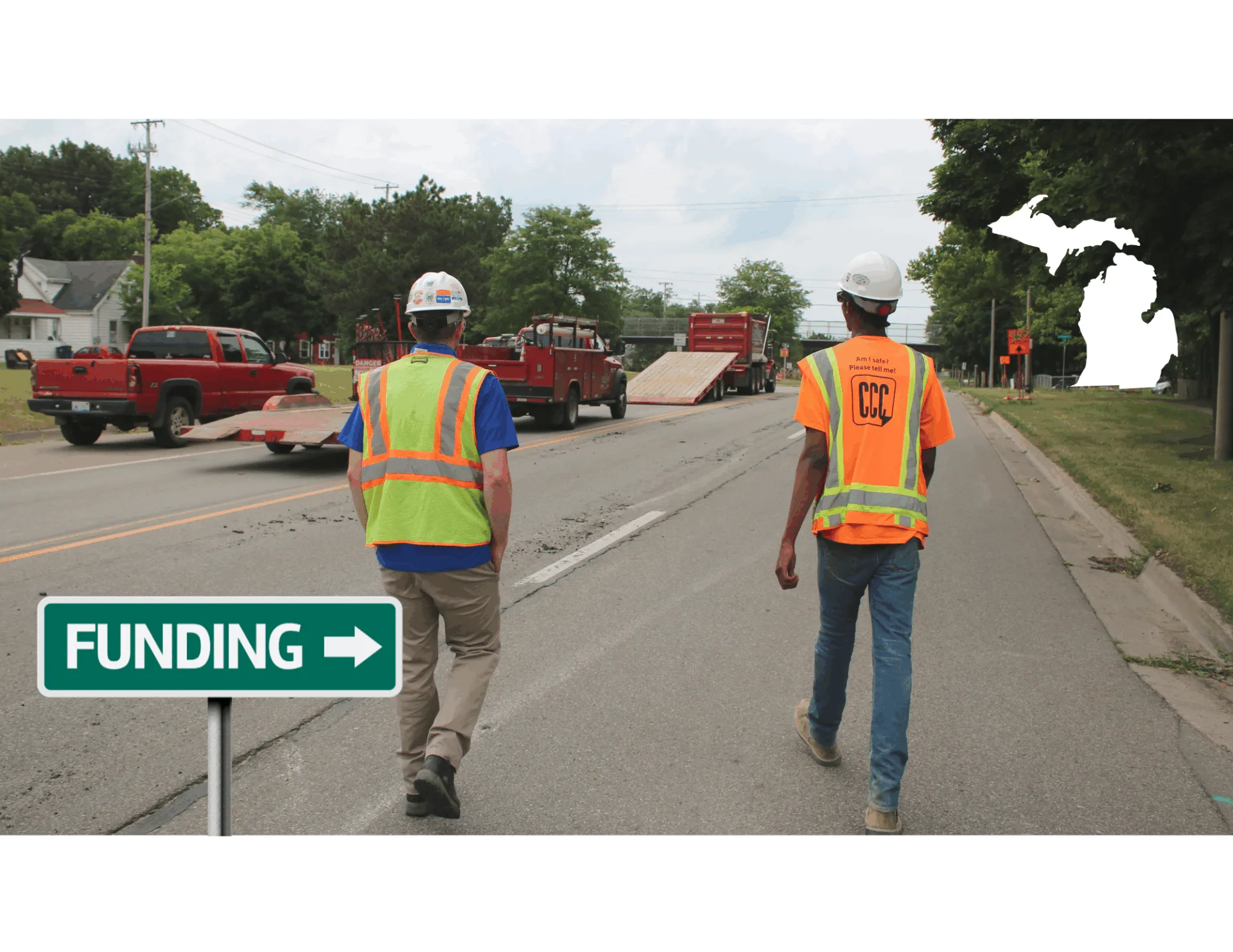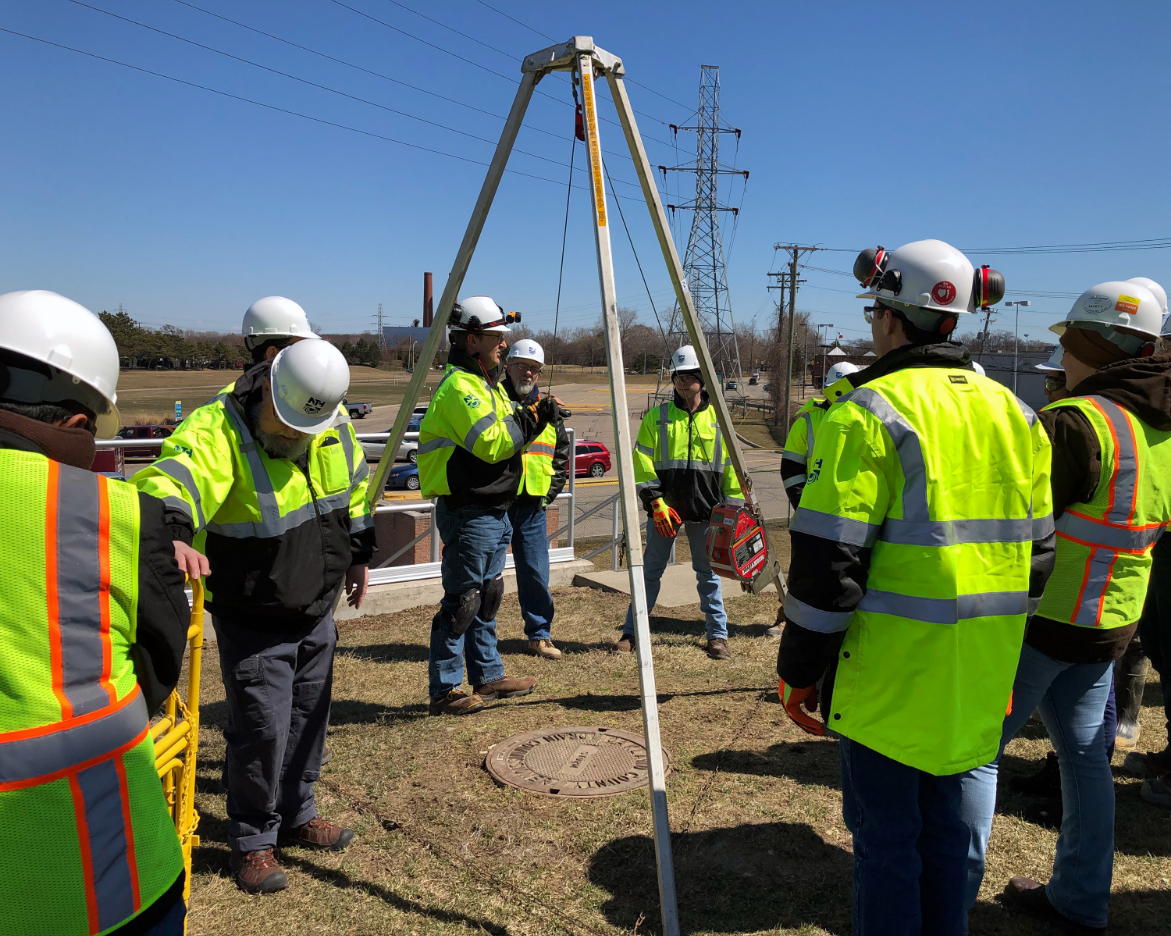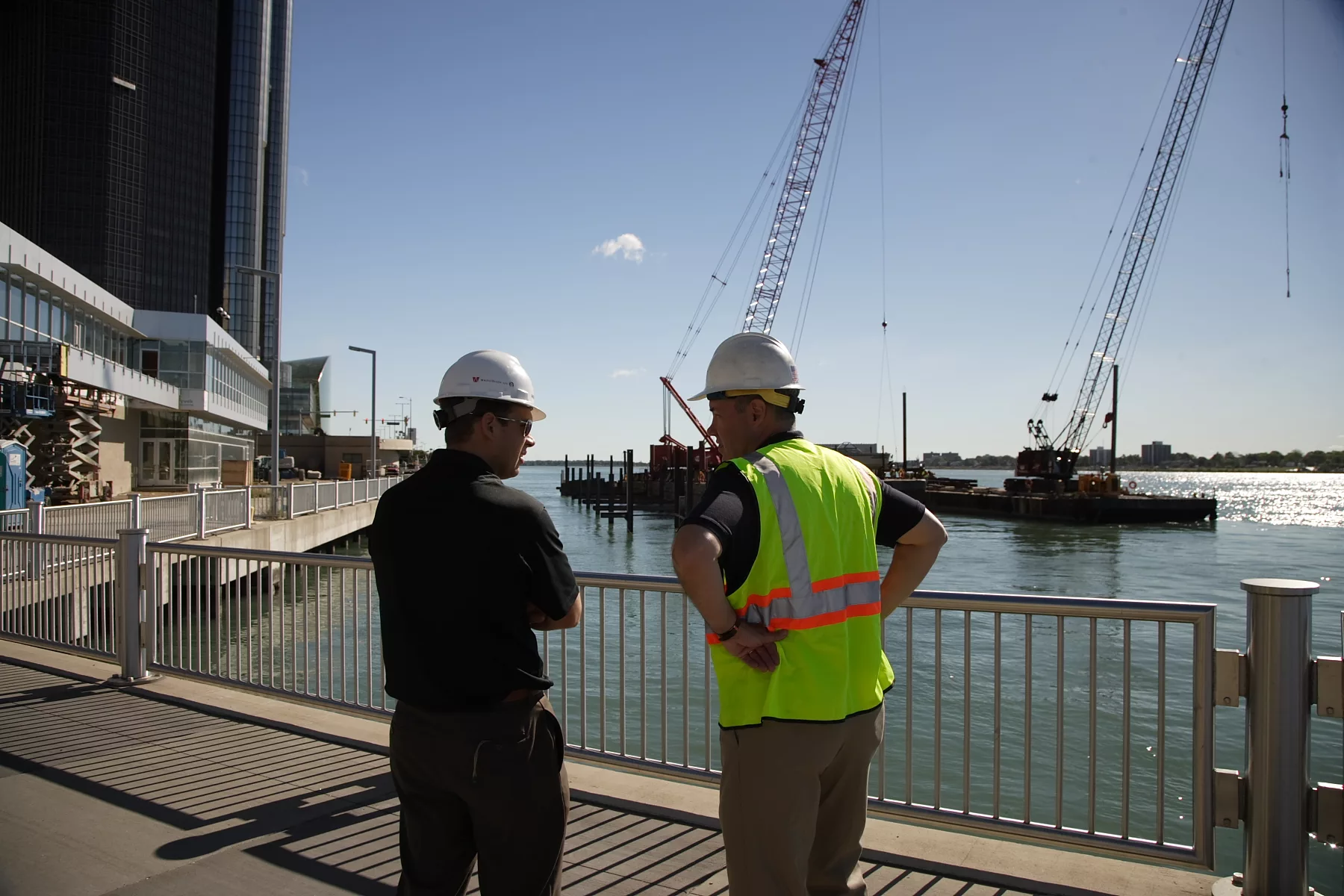The field of geotechnical engineering plays a crucial role in ensuring the success of infrastructure projects, promoting sustainability, and mitigating potential risks. To stay informed and stay ahead of the game, it’s essential to network with peers and stay abreast of emerging trends and opportunities. Let’s begin the discussion!
Embracing Technological Innovations
The world of geotechnical engineering is undergoing a seismic shift as technology rapidly transforms the way we live and work. With the advent of drone surveys, remote sensing, and artificial intelligence, we are witnessing a revolution in how we approach site investigations, modeling, and risk assessments. These technological advancements are set to have a profound impact on the future of geotechnical engineering. By allowing us to collect more data, analyze it more quickly, and make better decisions about structural design and construction, we are witnessing a new era of possibilities. Companies that have diligently gathered and organized a comprehensive database of soil information can unlock tremendous benefits. With the help of AI, companies can leverage this valuable resource; they can revolutionize the way site investigation programs are designed and executed, ultimately leading to cost savings for their clients. In recent years, geophysical methods have emerged as powerful tools for characterizing subsurface soils. These non-intrusive techniques enable engineers to obtain valuable information about soil composition, layering, and potential geohazards without extensive drilling or excavation. By integrating geophysical surveys into the site investigation process, companies can gather critical data to complement the insights provided by soil databases.
Looking ahead, what do you envision for the future of soil databases and geophysical methods in geotechnical engineering? Are there any emerging technologies, data analytics methodologies, or integration strategies that show promise? How do you anticipate these advancements will further enhance the efficiency, accuracy, and cost-effectiveness of geotechnical investigations and infrastructure development.

